It’s normal for a horse to trip or stumble every once in a while. Just like us, sometimes they take a misstep, especially if the ground is rough or uneven. But if stumbling on the trail is becoming a regular occurrence, your horse is in need of help.
First, rule out any physical and/or health problems that could be making your horse trip, such as poorly trimmed feet, soreness and lameness issues or EPM. (EPM, or Equine Protozoal Myeleoncephalitis, is a neurological disease that often causes horses to lose coordination and stumble.)
Once you’ve ruled out a health-related issue, then the culprit is usually a lazy horse not paying attention, which is extremely dangerous to you and him. Stumbling could result in the horse falling down on the trail, going over a steep drop-off, etc. And like everything we do with our horses, the more you let them trip, the better they get at it, and soon it becomes an ingrained habit.
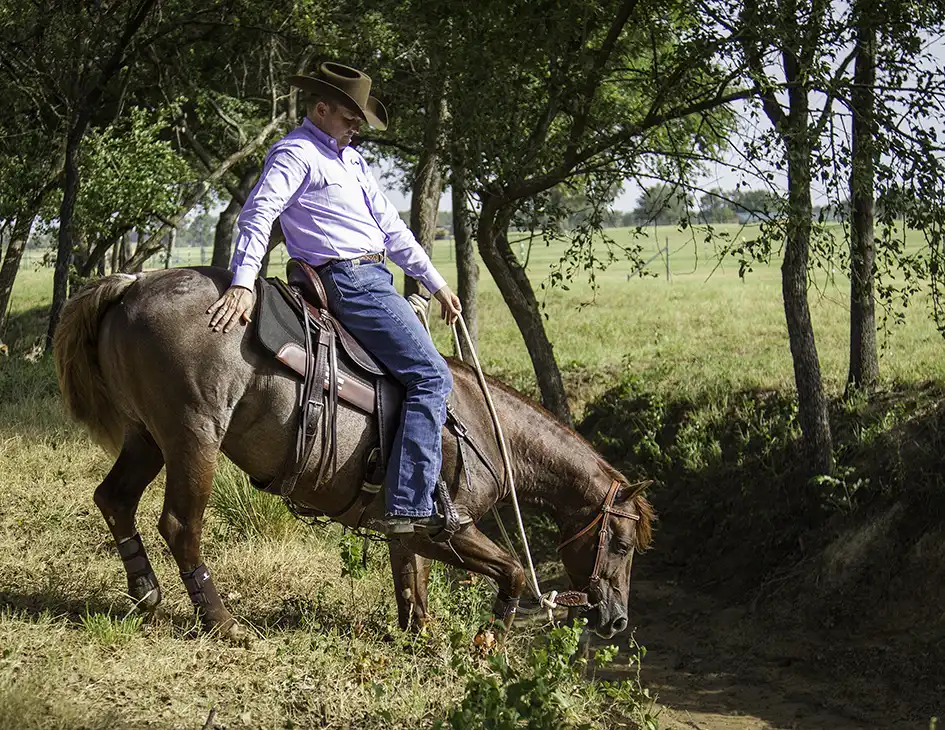
No matter if you’re riding your horse in the arena or out on the trail, he’s responsible for his feet—where he places them and how fast he moves them.
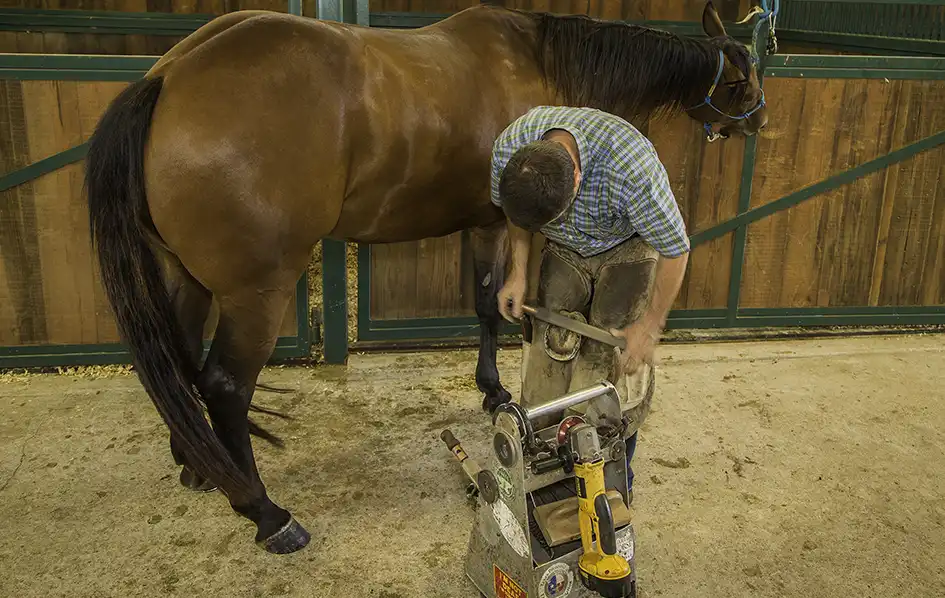
If you notice your horse stumbling on a regular basis, rule out the possibility that his feet are too long or that he has a health issue that’s causing him to trip.
Who’s Responsible?
No matter what you’re doing with your horse, he’s responsible for his feet—where he places them and how fast he moves them. Stumbling is a sure sign that your horse is letting his mind wander and not concentrating on the task at hand. If he’s not paying attention, you’re going to give him a reason to.
When he stumbles, immediately pick up on one rein, thump his belly with the heel of your boot or roll your spur up his side and bend him around in a circle, hustling his feet. Make it clear that he needs to wake up and pay attention. If he ignores your leg, spank his hindquarters with the end of your mecate or a dressage whip.
When he’s moving with energy, is alert and focused on you, put him on a loose rein and go back to what you were doing. It’s important to put your horse on a loose rein so that you dare him to make a mistake. Get out of the habit of babysitting him and trying to micromanage his every step. Put him on a loose rein and let him commit to the mistake.
If he trips again, repeat the same steps. Make the right thing easy and the wrong thing difficult. As long as he’s paying attention to where he’s placing his feet, you’ll leave him alone. But if he chooses to get lazy and let his mind wander, you’ll wake him up and make him feel uncomfortable by hustling his feet.
Keep Him Interested
When a horse constantly stumbles, he’s basically telling you that he’s bored to death. Keep things interesting and challenge him by incorporating more variety into your lessons. You’ve heard me say time and again that consistency and repetition are keys to teaching your horse, and that’s certainly true. You can’t expect your horse to learn anything if you’re only working with him once a week. But you also have to be sure to add variety and keep things interesting for your horse. Remember that if you include too much variety the horse will never learn anything because he never gets to practice a lesson long enough to get good at it. But if you have too much consistency (you practice the same thing every single day without variety) the horse will get bored and resentful.
Instead of just riding him down a dirt road, ride him over obstacles. Set poles on the ground and ride your horse over them so that he has to think about where he’s placing his feet. Lope him down the trail or around the pasture to free up his mind and get energy in his feet. Ride him over uneven terrain so that he really has to concentrate on where he’s placing his feet. I love working my horses over the obstacle course at the ranch because it allows me to work on exercises and also offers a new challenge to the horses and keeps them on their toes. The more you can keep your horse guessing, the more attention he’ll pay to you, the more interested he’ll be in his work and the more fun you’ll both have.
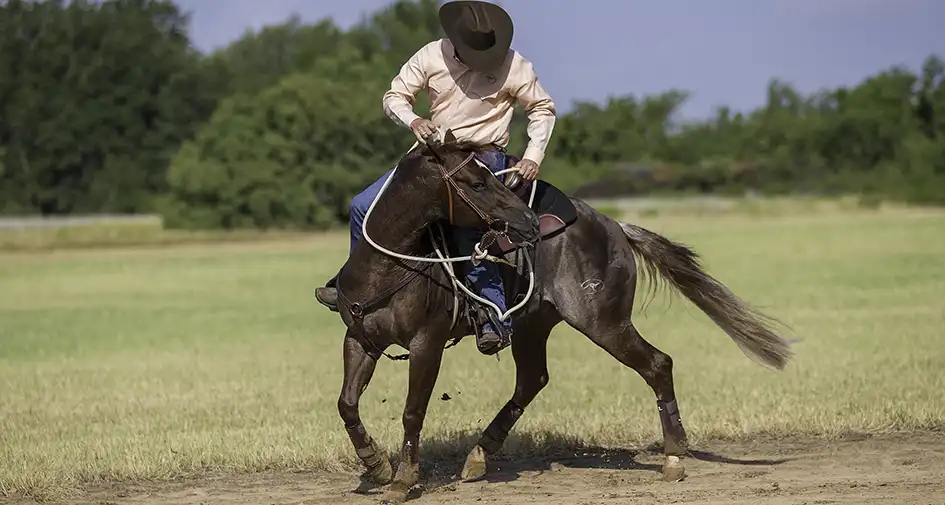
When your horse stumbles, he’s off with the fairies. Bend him around in a circle and hustle his feet. Be aggressive. Make it clear that he needs to wake up and pay attention.
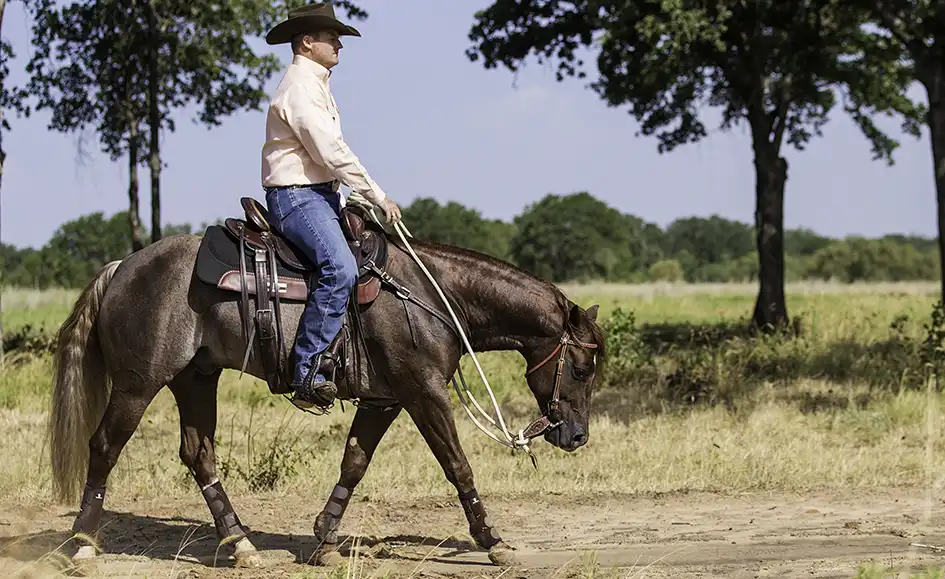
Don’t babysit your horse and attempt to micromanage his every step. When he’s listening and paying attention to you, put him on a loose rein and dare him to make a mistake.
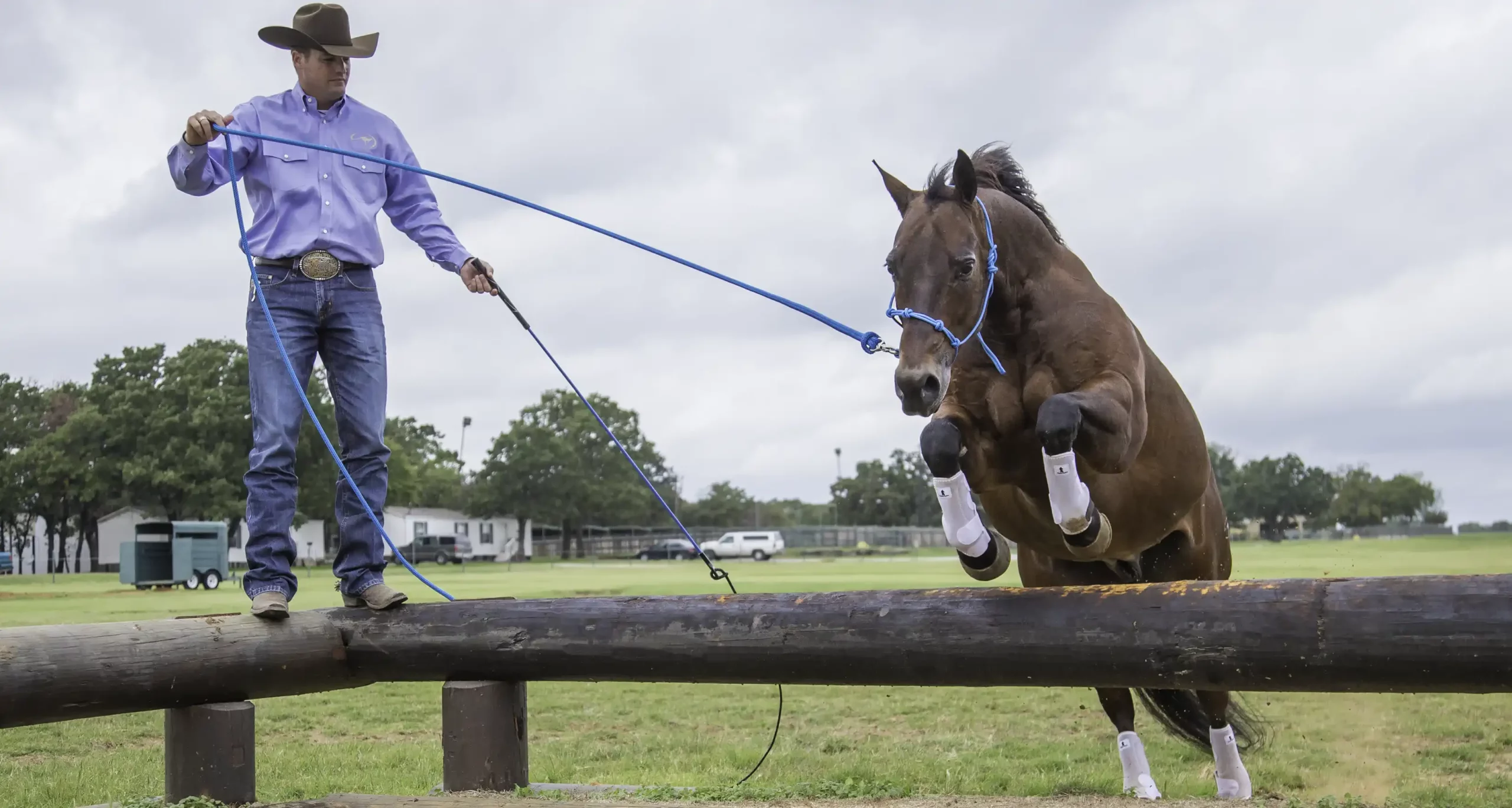
Incorporate variety in your training program to keep your horse interested in his work. The quickest way to make a horse dull and lazy and uninterested in his job is to keep drilling on the same exercises every single day.
Success Tip:
Don’t be part of the problem. If your horse is stumbling, be sure you’re not the reason behind it.
1) Stay balanced in the saddle. Constantly leaning from side to side or back and forth can throw your horse off balance and make it harder for him to keep a steady pace without tripping.
2) Don’t put your horse on autopilot and just forget about him. Give him a reason to pay attention to where he’s placing his feet—practice serpentines, sidepassing or two-tracking. Not only will you keep your horse engaged, but you’ll be suppling his five body parts as well. You can never get a horse too soft or supple.
3) If you’re on a trail and going through rocky or rough terrain, give your horse his head and let him pick his way through. Horses use their necks to balance themselves, so having free-rein will allow him to raise and lower his head and neck as he needs.
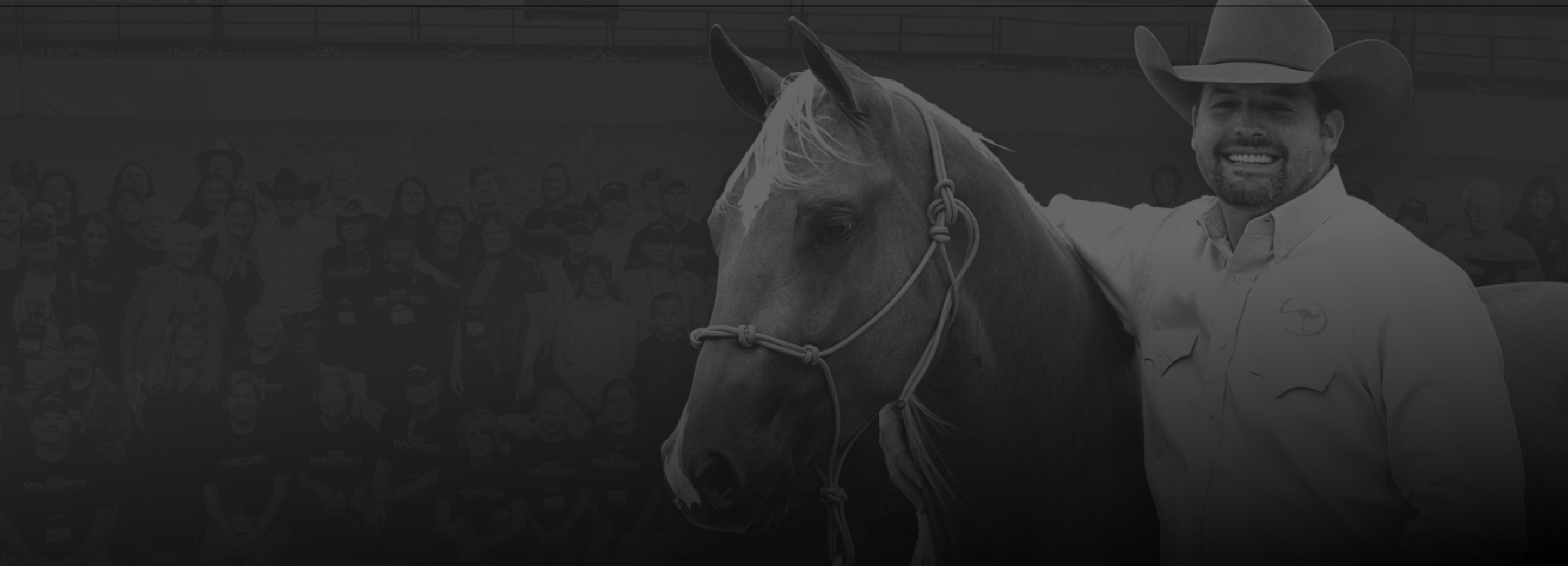
Master Your horsemanship Skills
Like these tips? Join the No Worries Club and hone your skills with thousands of hours of Clinton’s easy, step-by-step method horse training videos.



